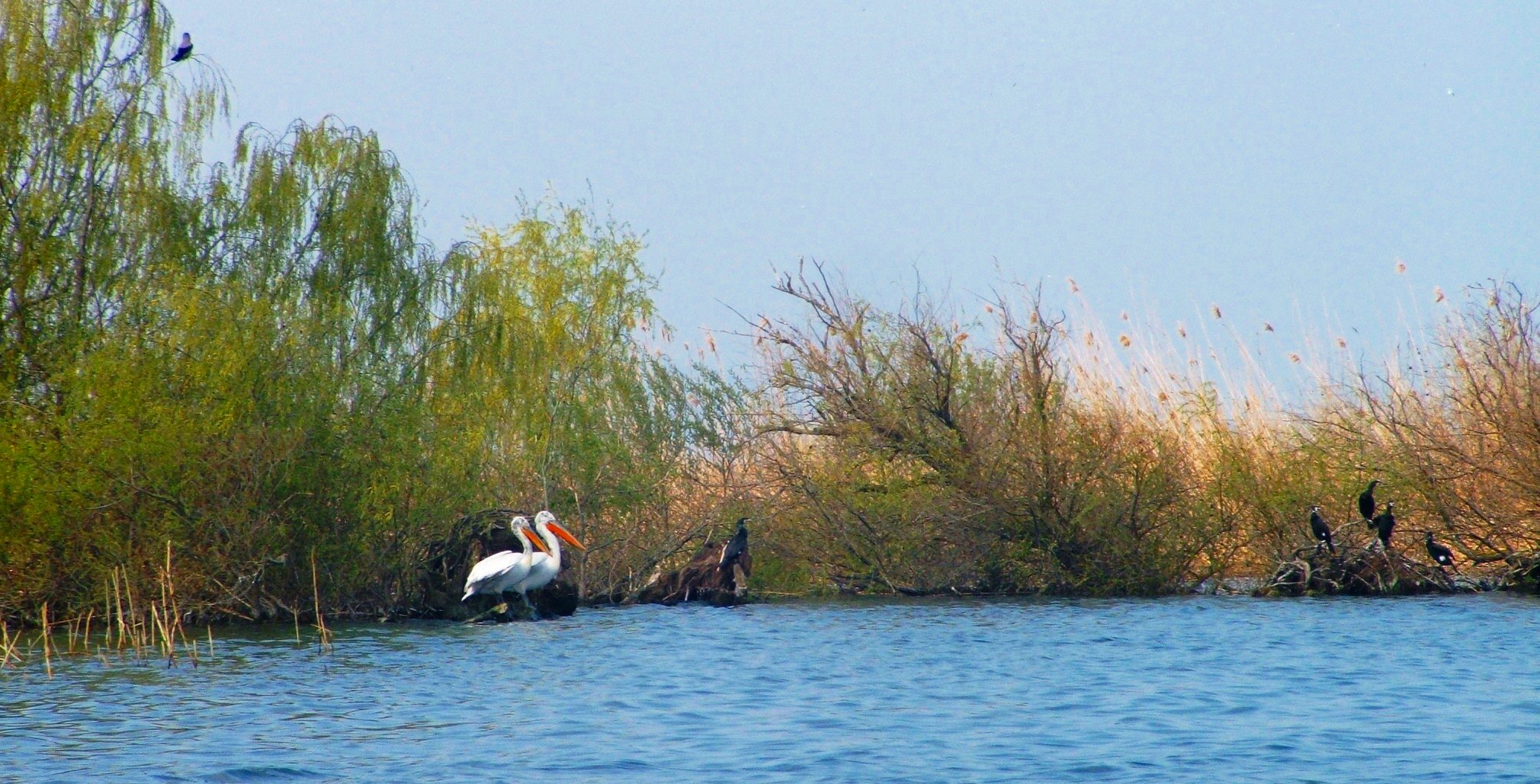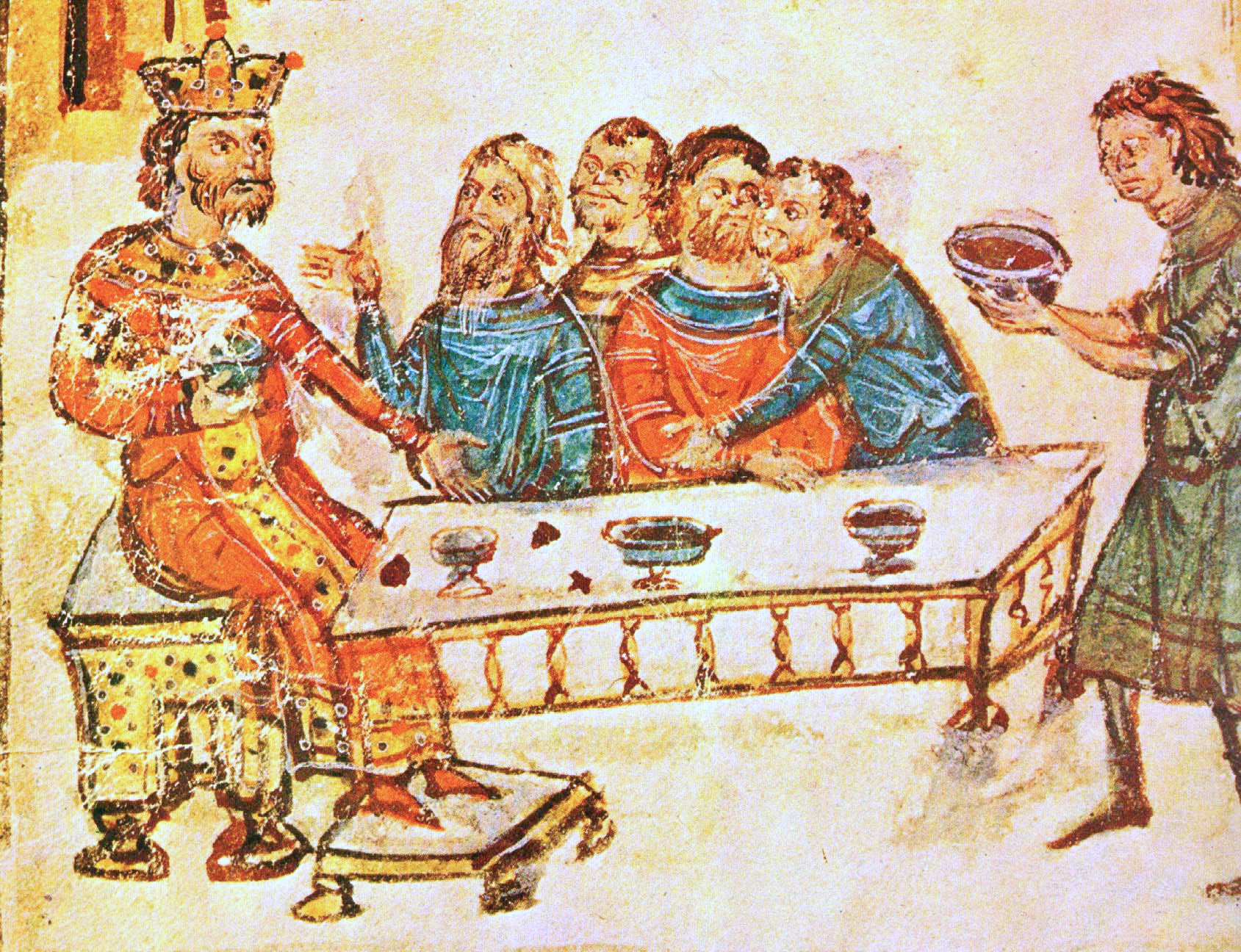|
Battle Of Marcellae (756)
The battle of Marcellae (, ) took place in 756 between the armies of the First Bulgarian Empire and the Byzantine Empire at Markeli, near the town of Karnobat in south eastern Bulgaria. The result was a Byzantine victory. Origins of the conflict In 755, the long peace between Bulgaria and the Byzantine Empire came to an end. This was mainly because, after significant victories over the Arabs, the Byzantine Emperor Constantine V began to fortify his border with Bulgaria. To this aim he resettled heretics from Armenia and Syria in Thrace. Khan Kormisosh took those actions, and the construction of a new fortress along the border, as a breach of the Byzantine–Bulgarian Treaty of 716, signed by Tervel. The Bulgarian ruler sent envoys to ask for tribute for the new fortresses. After the refusal of the Byzantine Emperor, the Bulgarian army invaded Thrace. Looting everything on their way, the Bulgarians reached the outskirts of Constantinople, where they were engaged and defeated b ... [...More Info...] [...Related Items...] OR: [Wikipedia] [Google] [Baidu] |
Byzantine–Bulgarian Wars
The Byzantine–Bulgarian wars were a series of conflicts fought between the Byzantine Empire and Bulgaria which began after the Bulgars conquered parts of the Balkan peninsula after 680 AD. The Byzantine and First Bulgarian Empire continued to clash over the next century with variable success, until the Bulgarians, led by Krum of Bulgaria, Krum, inflicted a series of crushing defeats on the Byzantines. After Krum died in 814, his son Omurtag negotiated a thirty-year peace treaty. Simeon I of Bulgaria, Simeon I had multiple successful campaigns against the Byzantines during his rule from 893 to 927. His son Peter I of Bulgaria, Peter I negotiated another long-lasting peace treaty. His rule was followed by a period of decline of the Bulgarian state. In 971 John I Tzimiskes, the Byzantine emperor, subjugated much of the weakening Bulgarian Empire by defeating Boris II of Bulgaria, Boris II and capturing Preslav, the Bulgarian capital. Samuel of Bulgaria, Samuel managed to stabiliz ... [...More Info...] [...Related Items...] OR: [Wikipedia] [Google] [Baidu] |
Tervel Of Bulgaria
Caesar Tervel (), also called Tarvel, Terval, or Terbelis in Byzantine Empire, Byzantine sources, was the ruler Caesar (title), Caesar of History of Bulgaria, Bulgaria during the First Bulgarian Empire at the beginning of the 8th century. In 705 Emperor Justinian II named him Caesar (title), caesar, the first foreigner to receive this title.Хан Тервел – тема за кандидат студенти He was raised a pagan like his grandfather Khan (title), Khan Kubrat,s:История славянобългарска, „История славянобългарска“, св.Паисий Хилендарски, 18 век."Българите", докум. филм, реж. и сценарист П. П� ... [...More Info...] [...Related Items...] OR: [Wikipedia] [Google] [Baidu] |
Military History Of Bulgaria
The Bulgarian Army (), also called Bulgarian Armed Forces, is the military of Bulgaria. The commander-in-chief is the president of Bulgaria. The Ministry of Defense is responsible for political leadership, while overall military command is in the hands of the Defense Staff, headed by the Chief of the Defense. There are three main branches of the Bulgarian military, named literally the Land Forces, the Air Forces and the Naval Forces (the term "Bulgarian Army" refers to them encompassed all together). Throughout history, the Army has played a major role in defending the country's sovereignty. Only several years after its inception in 1878, Bulgaria became a regional military power and was involved in several major wars – Serbo-Bulgarian War (1885), First Balkan War (1912–13), Second Balkan War (1913), First World War (1915–1918) and Second World War (1941–1945), during which the Army gained considerable combat experience. During the Cold War, the People's Republic of Bu ... [...More Info...] [...Related Items...] OR: [Wikipedia] [Google] [Baidu] |
Battles Of The Byzantine–Bulgarian Wars
A battle is an occurrence of combat in warfare between opposing military units of any number or size. A war usually consists of multiple battles. In general, a battle is a military engagement that is well defined in duration, area, and force commitment. An engagement with only limited commitment between the forces and without decisive results is sometimes called a skirmish. The word "battle" can also be used infrequently to refer to an entire operational campaign, although this usage greatly diverges from its conventional or customary meaning. Generally, the word "battle" is used for such campaigns if referring to a protracted combat encounter in which either one or both of the combatants had the same methods, resources, and strategic objectives throughout the encounter. Some prominent examples of this would be the Battle of the Atlantic, Battle of Britain, and the Battle of France, all in World War II. Wars and military campaigns are guided by military strategy, whereas batt ... [...More Info...] [...Related Items...] OR: [Wikipedia] [Google] [Baidu] |
750s In The Byzantine Empire
{{Numberdis ...
75 may refer to: * 75 (number) * one of the years 75 BC, AD 75, 1975, 2075 * ''75'' (album), an album by Joe Zawinul * 75 Eurydike, a main-belt asteroid Vehicles * Alfa Romeo 75, a compact executive sedan * Tatra 75, a mid-size car * Various Rover models: ** Rover 75, an executive car ** Rover 75, a saloon ** Rover 75, a large family car See also * * * * Canon de 75 modèle 1897 (the 75, or, French 75) * M75 (other) * List of highways numbered 75 The following highways are numbered 75: International * AH75, Asian Highway 75 * European route E75 Afghanistan *Kandahar-Boldak Highway (A75) Australia * Cobb Highway, NSW * Northern Highway (Victoria), Northern Highway, Victoria Brazil * ... [...More Info...] [...Related Items...] OR: [Wikipedia] [Google] [Baidu] |
8th Century In Bulgaria
Eighth is ordinal form of the number 8, eight. Eighth may refer to: * One eighth, , a fraction (mathematics), fraction, one of eight equal parts of a whole * Eighth note (quaver), a musical note played for half the value of a quarter note (crotchet) * Octave, an interval between seventh and ninth * Eighth octave C, a C note * Eighth Lake, a lake by Inlet, New York See also * 1/8 (other) * 8 (other) * The 8th (other) * The Eighth Day (other) * {{disambiguation ... [...More Info...] [...Related Items...] OR: [Wikipedia] [Google] [Baidu] |
750s Conflicts
75 may refer to: * 75 (number) * one of the years 75 BC, AD 75, 1975, 2075 * 75 (album), ''75'' (album), an album by Joe Zawinul * 75 Eurydike, a main-belt asteroid Vehicles * Alfa Romeo 75, a compact executive sedan * Tatra 75, a mid-size car * Various Rover models: ** Rover P3, Rover 75, an executive car ** Rover P4#Rover 75, Rover 75, a saloon ** Rover 75, a large family car See also * * * * Canon de 75 modèle 1897 (the 75, or, French 75) * M75 (other) * List of highways numbered 75 {{Numberdis ... [...More Info...] [...Related Items...] OR: [Wikipedia] [Google] [Baidu] |
Battle Of The Rishki Pass
The Battle of the Rishki Pass () or Battle of Veregava took place in the Rish Pass, pass of the same name, in Stara Planina, Bulgaria in 759. It was fought between the First Bulgarian Empire, Bulgarian Empire and the Byzantine Empire. The result was a Bulgarian victory. Origins of the conflict Between 755 and 775, the Byzantine emperor Constantine V organised nine campaigns to eliminate Bulgaria and although he managed to defeat the Bulgarians several times, he never achieved his goal. Battle In 759, the emperor led an army towards Bulgaria, but Khan (title), Khan Vinekh had enough time to bar several mountain passes. When the Byzantines reached the Rishki Pass (identification tentative, originally ‘to the wikt:klisura, klisura of ''Veregava''’) they were ambushed and completely defeated. The Byzantine historian Theophanes the Confessor wrote that the Bulgarians killed the ''strategos'' of Thrace (theme), Thrace Leo, the commander of Drama, Greece, Drama, and many soldiers. ... [...More Info...] [...Related Items...] OR: [Wikipedia] [Google] [Baidu] |
Danube Delta
The Danube Delta (, ; , ) is the second largest river delta in Europe, after the Volga Delta, and is the best preserved on the continent. Occurring where the Danube, Danube River empties into the Black Sea, most of the Danube Delta lies in Romania (Tulcea County), with a small part located in Ukraine (Odesa Oblast). Its approximate surface area is , of which is in Romania. With the lagoons of Lake Razelm, Razim–Sinoe ( with water surface), located south of the main delta, the total area of the Danube Delta is . The Razim–Sinoe lagoon complex is geologically and ecologically related to the delta proper; the combined territory is listed as a List of World Heritage Sites in Romania, World Heritage Site. Geography and geology The modern Danube Delta began to form after 4000 BC in a bay of the Black Sea when the sea rose to its present level. A sandy barrier blocked the Danube bay where the river initially built its delta. Upon filling the bay with sediment, the delta advanced o ... [...More Info...] [...Related Items...] OR: [Wikipedia] [Google] [Baidu] |
Constantinople
Constantinople (#Names of Constantinople, see other names) was a historical city located on the Bosporus that served as the capital of the Roman Empire, Roman, Byzantine Empire, Byzantine, Latin Empire, Latin, and Ottoman Empire, Ottoman empires between its consecration in 330 until 1930, when it was renamed to Istanbul. Initially as New Rome, Constantinople was founded in 324 during the reign of Constantine the Great on the site of the existing settlement of Byzantium, and shortly thereafter in 330 became the capital of the Roman Empire. Following the collapse of the Western Roman Empire in the late 5th century, Constantinople remained the capital of the Eastern Roman Empire (also known as the Byzantine Empire; 330–1204 and 1261–1453), the Latin Empire (1204–1261), and the Ottoman Empire (1453–1922). Following the Turkish War of Independence, the Turkish capital then moved to Ankara. Although the city had been known as Istanbul since 1453, it was officially renamed as Is ... [...More Info...] [...Related Items...] OR: [Wikipedia] [Google] [Baidu] |
Medieval Bulgarian Army
The medieval Bulgarian army was the primary military body of the First and the Second Bulgarian Empires, and some Puppet states of the former, like the Despotate of Dobruja. During the first decades after the foundation of the country, the army consisted of a Bulgar cavalry and a Slavic infantry. The core of the Bulgarian army was the heavy cavalry, which consisted of ca. 12,000 heavily armed riders. At its height in the 9th and 10th centuries, it was one of the most formidable military forces in Europe and was feared by its enemies. There are several documented cases of Byzantine commanders abandoning an invasion because of a reluctance to confront the Bulgarian army on its home territory. The army was intrinsically linked to the very existence of the Bulgarian state. Its success under Tsar Simeon I the Great marked the creation of a wide-ranging empire, and its defeat in a prolonged war of attrition in the early 11th century meant the end of Bulgarian independence. When the ... [...More Info...] [...Related Items...] OR: [Wikipedia] [Google] [Baidu] |




